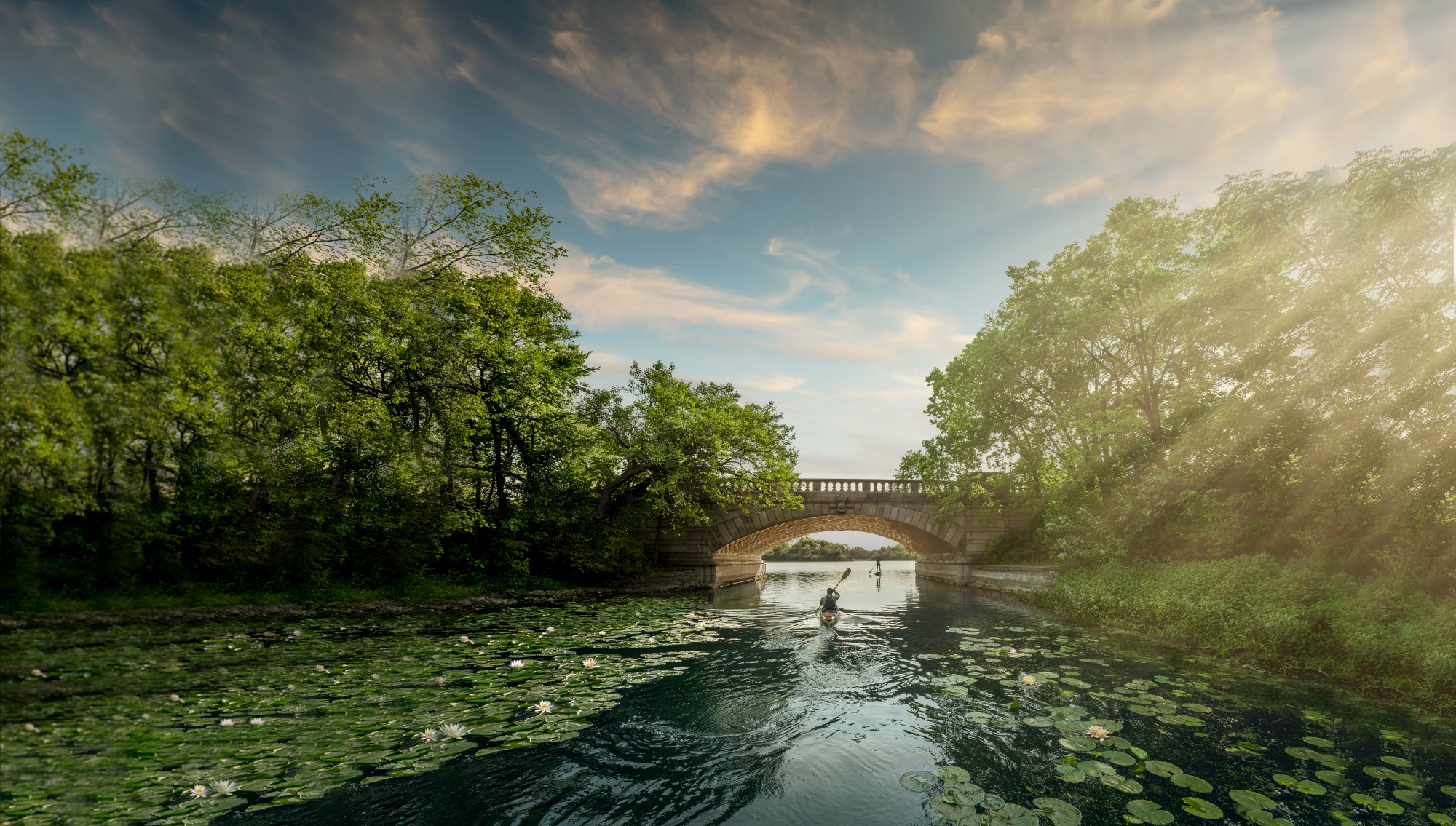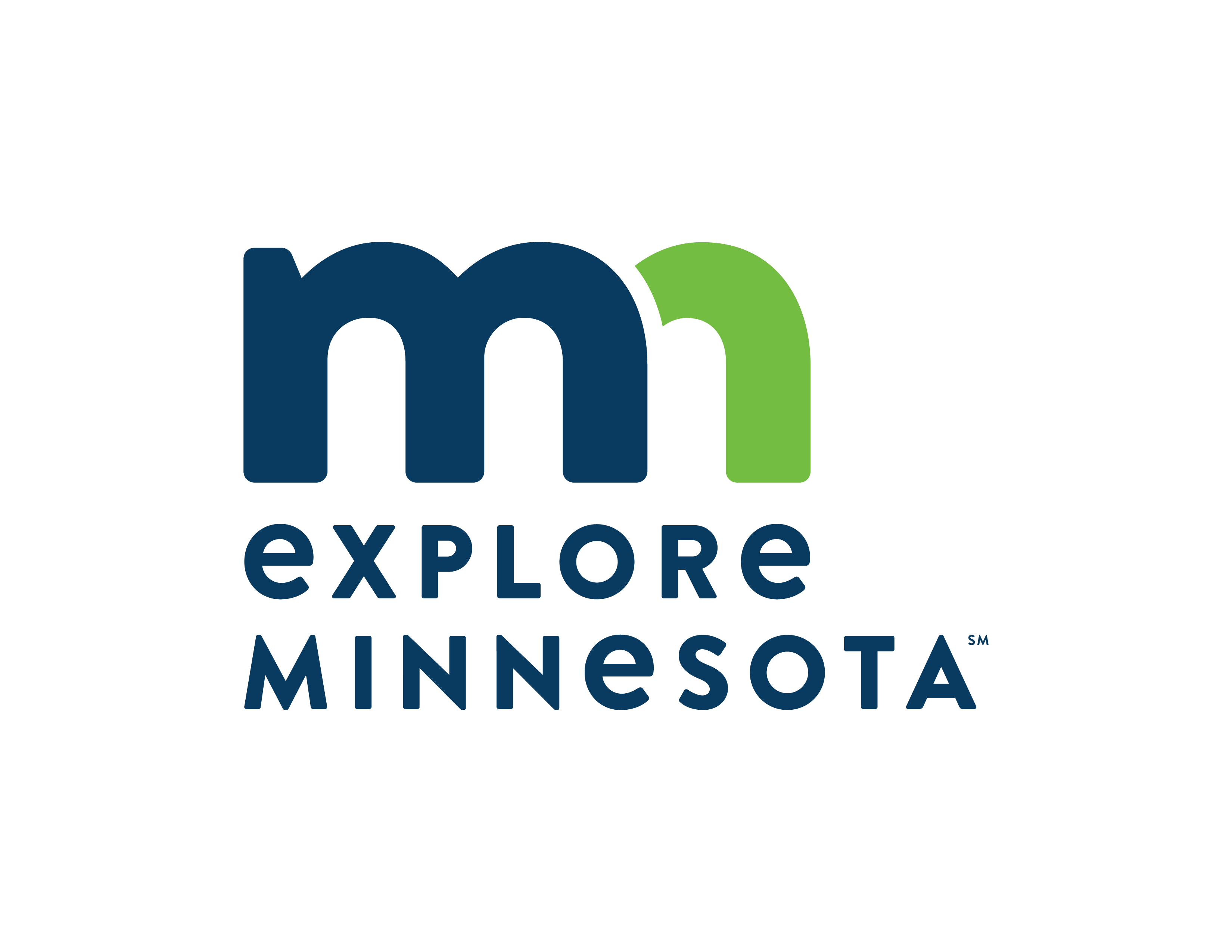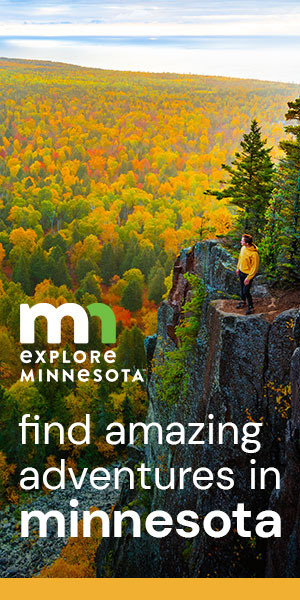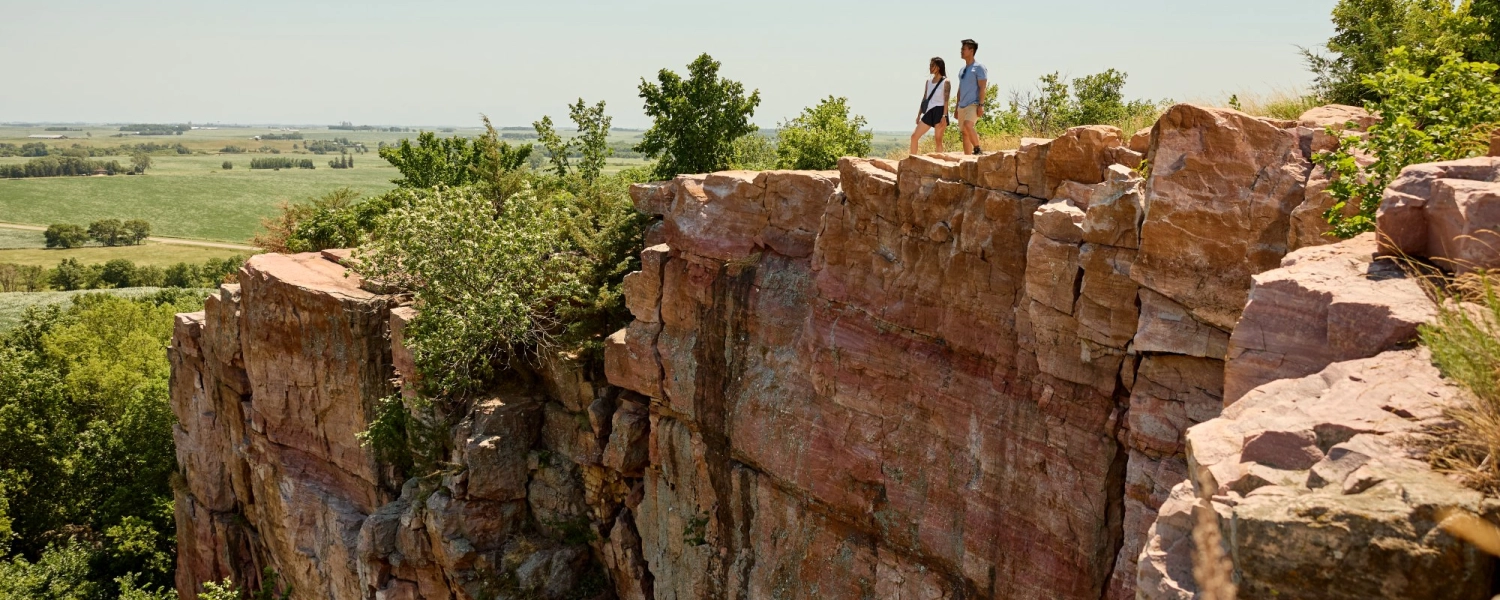- Details
- Written by: Roger Fulton
Sponsored content
Minnesota’s appeal as a destination for thrill-seeking travellers lies in its abundant natural scenery and extensive range of outdoor adventures.
Tucked up on the US/Canada border, alongside Lake Superior, Minnesota is known as ‘The North Star State’ and boasts a wealth of scenic treasures from pristine wilderness to pine forests and hillsides and, of course, lakes and rivers.
Every year more than 10 million outdoor enthusiasts are drawn to its one national park (Voyageurs), 64 state parks, 9 recreation areas, and 9 waysides. These parks are natural playgrounds for activities and adventures on water or on land, such as kayaking, canoeing, hiking and biking.
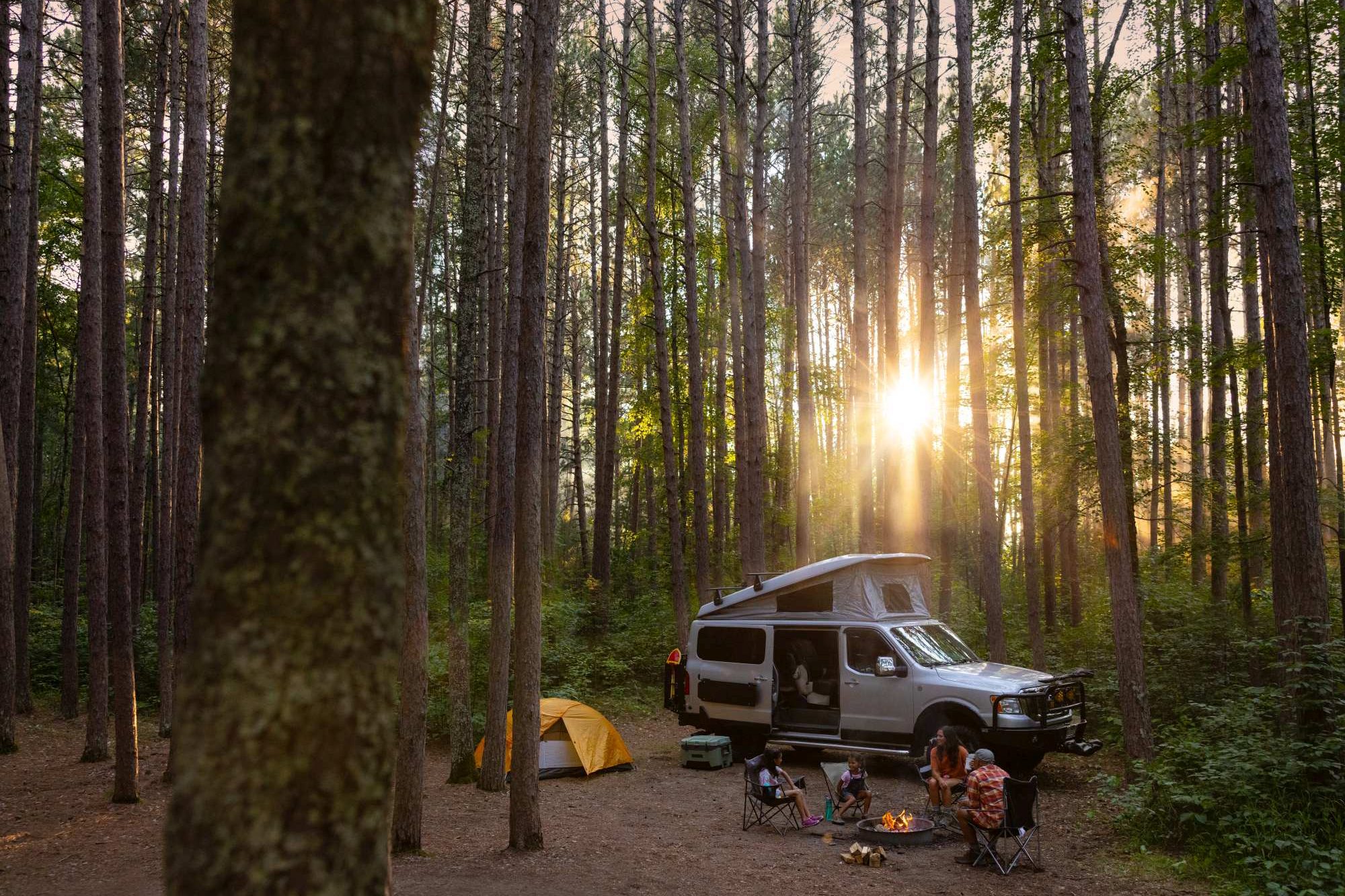
And not only does Minnesota have the world’s biggest freshwater lake, Lake Superior, in its back garden, it’s also the source of the mighty Mississippi River which begins as a small stream at Itasca State Park in the northwest, winds its way across the state and through the Twin Cities, widening as it flows below the beautiful bluffs of southeastern Minnesota.
Inevitably then, canoeing in Minnesota is one of the must-do experiences here. From tranquil multi-day canoe trips in the remote northern wilderness to adrenalin-pumping kayak thrills on rushing river rapids, there’s an aquatic adventure to suit everyone.
Here’s a guide to six of the best places to paddle in Minnesota:
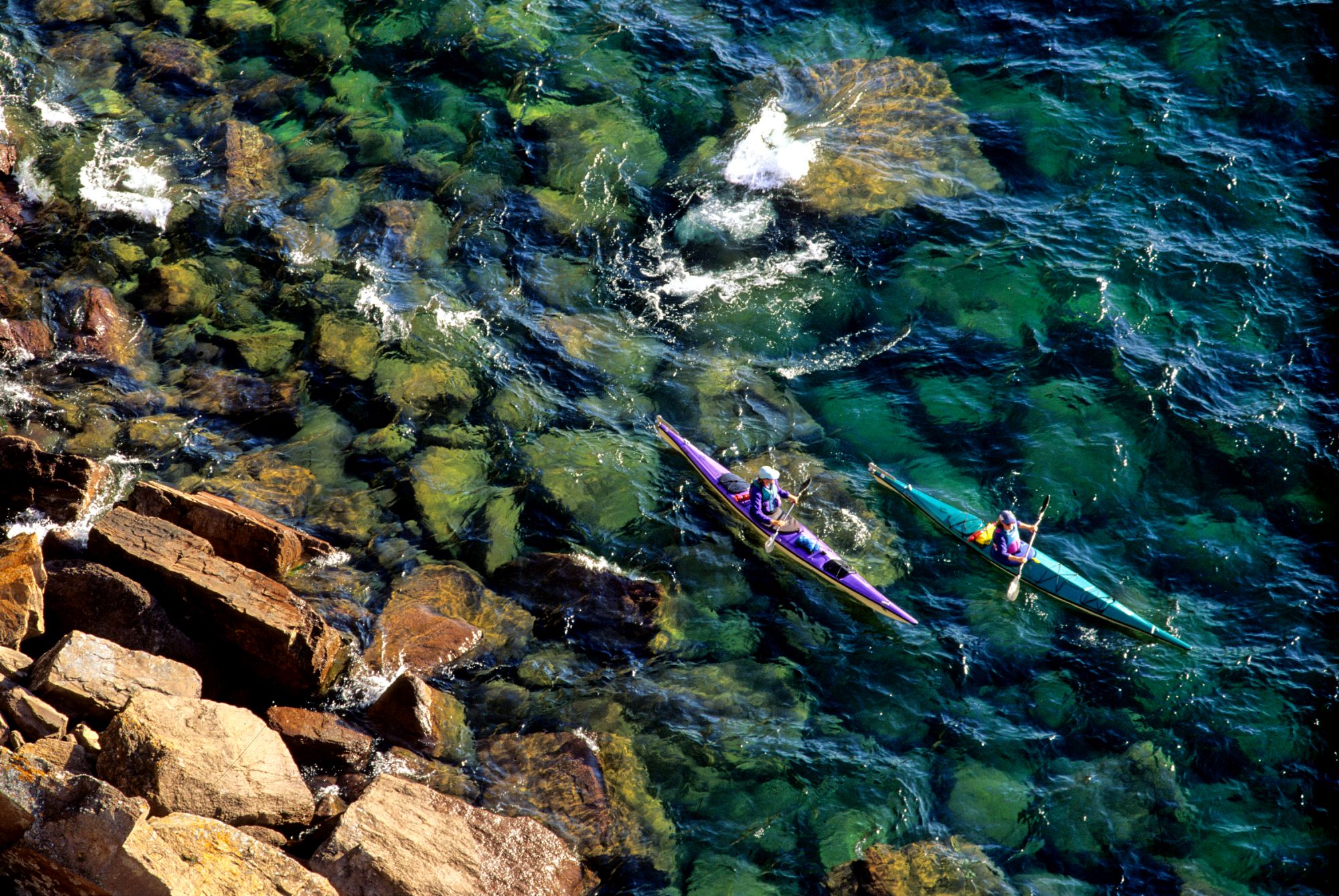
Lake Superior’s North Shore
Go kayaking on the vast open surface of the largest of the Great Lakes for superior views of the water and dramatic lakeside rock cliffs. There’s little doubt that kayaking on this majestic lake really gives you a sense of its scale, and provides fantastic views of the rocky, forested north shore. The Ojibwe called the lake gichi-gami, meaning ‘great sea’.
Good spots to get on the water include the town of Grand Marais, where, if you paddle a short distance from the harbour, you can see the impressive Grand Sable Dunes and the historic Au Sable Light Station. Another prime location is Tettegouche State Park, considered one of the best sea kayaking areas, with stunning views from the lake.
The Lake Superior Water Trail is a sea kayaking route that will eventually circumnavigate the entire great lake. For now, the Minnesota stretch runs for about 150 miles from St Louis Bay in the main lake port of Duluth to the Pigeon River at the US/Canada border. Resorts and outfitters along this water trail can help you pick the best segments and safest conditions.
Highlight: A particularly cool place to go paddling is the Crystal Bay Sea Cave, also known as the Cave of the Waves, which is the longest sea arch on the north shore. This unusual cave-like arch takes a 90 degree turn inside before it exits on the other side.
Tip: If Lake Superior is acting moody or it’s too windy to paddle, inland lakes can offer an alternative. We recommend hiring a guide to show you all the best spots and keep you safe on the water.
Where to stay: Choose from a range of North Shore resorts, from high amenity offerings to a small cluster of cabins. Most are open year-round, and many are on Lake Superior or on one of the smaller inland lakes. Motels are clustered in the towns along the way, and campgrounds can be found along the shore and inland.
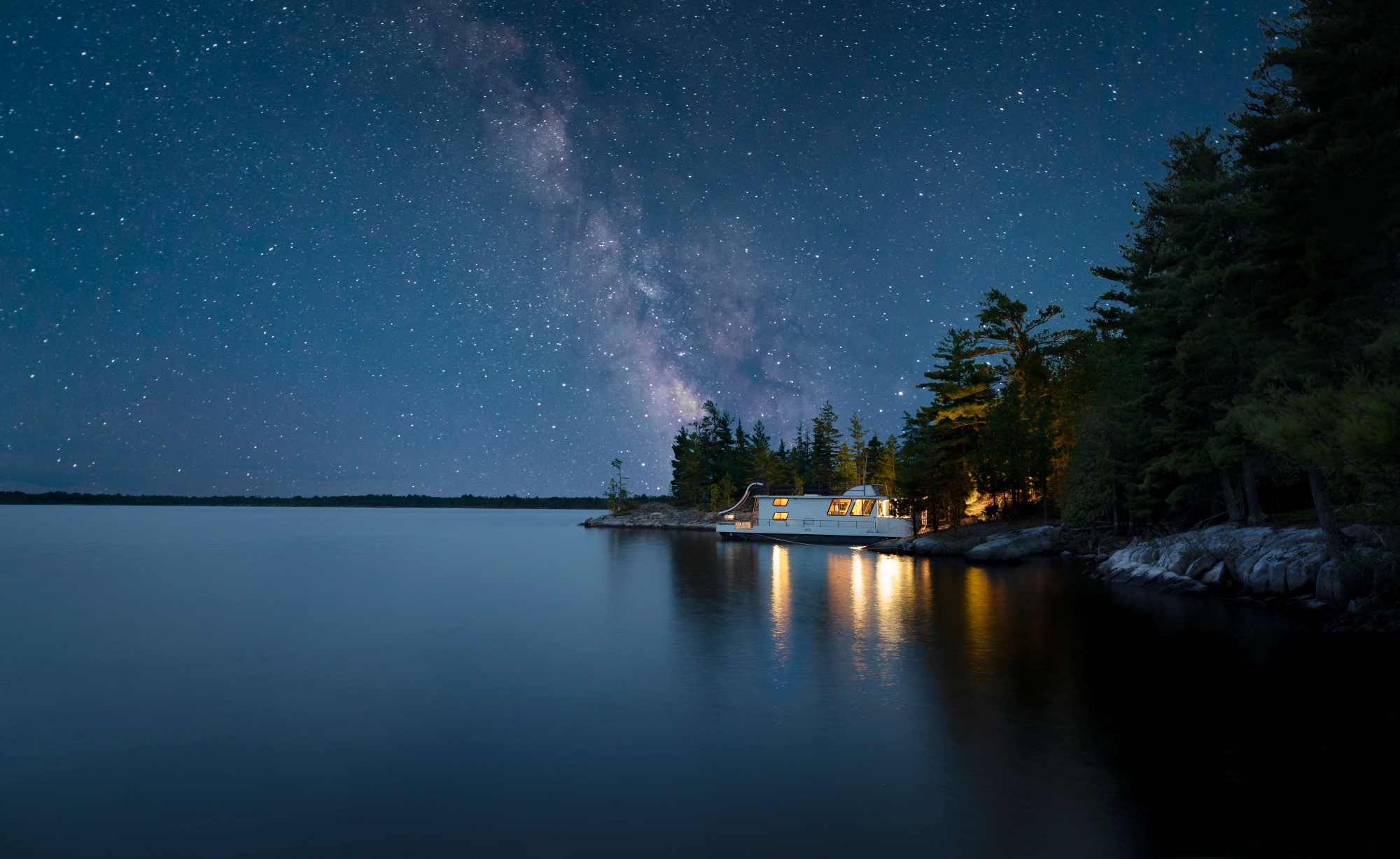
Voyageurs National Park
Minnesota’s only national park draws adventurous travellers with breathtaking landscapes and some of the darkest skies in the world, which makes it an ideal spot for stargazing and for stunning Aurora Borealis light shows. Water makes up around 40% of the park’s 218,000 acres, and for most of the year, the interior - including lots of lakes and 52 miles of hiking trails - is accessible only by boat.
The park is named after the French-Canadian ‘voyageurs’ who were fur traders and ‘coureurs des bois’ (wood runners) who travelled extensively by canoe through the area's waterways for centuries, transporting goods and furs between the Great Lakes and the interior of North America. Canoe the ‘Route of the Voyageurs’ for a tranquil and history-filled paddle.
Highlight: That’s simple: the sheer beauty of the area. There’s nothing quite like watching a violet-pink sun setting over a boreal forest and mirror-flat waters where the only sound is a loon’s call – the state bird of Minnesota.
Tip: Voyageurs can seem a little overwhelming due to its vast expanse of remote lakes and waterways. For first-timers, a great way to get acquainted is to pick a visitor centre and scope out a couple of potential campsites from there. Recommendations for inexperienced paddlers include Stone’s Point, Round Bear Island, Dryweed Island and Lyle Mine Island. The main visitor centre, Rainy Lake, is an excellent launch site for canoes.
Where to Stay: There are plentiful campgrounds, but for a very Voyageurs experience why not hire a houseboat? Houseboats are also a popular way to explore the pristine waters of Sand Point, Rainy, Kabetogama and Namakan lakes. There's no shortage of obliging rental companies, either.
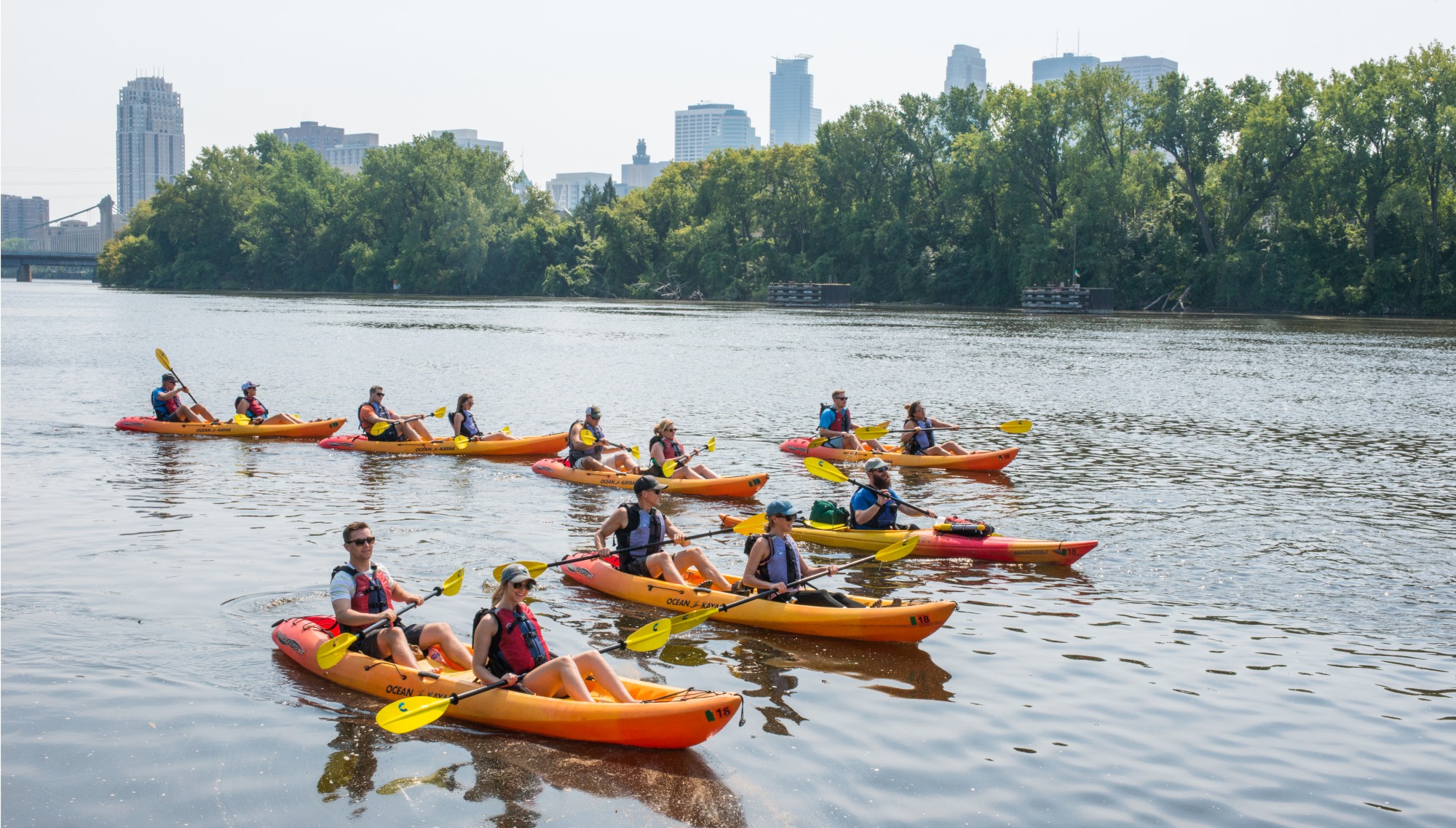
Mississippi River
For many paddlers, canoeing the entirety of the Mississippi from source to sea is a bucket list journey that can take four months or more. For Minnesota visitors you get the first 650 miles, as the river starts in the narrow and sometimes quite challenging headwaters up in Itasca State Park. From there it meanders through Minnesota's stately pine forests, iron ranges and a deep valleys, as well as through the heart of the Twin Cities.
Popular stretches for canoeists include the wild and scenic stretch near St. Cloud or the broad waters of Lake Pepin, as well as Itasca and the Twin Cities, where the river is a hugely popular paddling site with plentiful kayak and canoe rental companies along the shore.
Highlights: There are so many. Gazing out from a canoe on the water is one of the best ways to see the downtown Minneapolis skyline. For beginners the best bet is from the south metro down past Red Wing, where waters are calmer. More advanced paddlers might choose to launch from the Mississippi River Flats and paddle south through the lock and dam system to St. Paul.
Tip: Novice canoeists are advised to start with smaller, easier stretches of water before attempting the main river route. While the upper reaches are often narrow and winding, they can still present challenges, and a longer, stable boat is recommended for any river paddling.
Where to stay: Research the specific segment of the Mississippi River you plan to paddle to identify lodging options. These include simple riverside campsites like those found in the Mississippi National River and Recreation Area, designated campgrounds at state and county parks and private hotels or B&Bs in towns along the route.
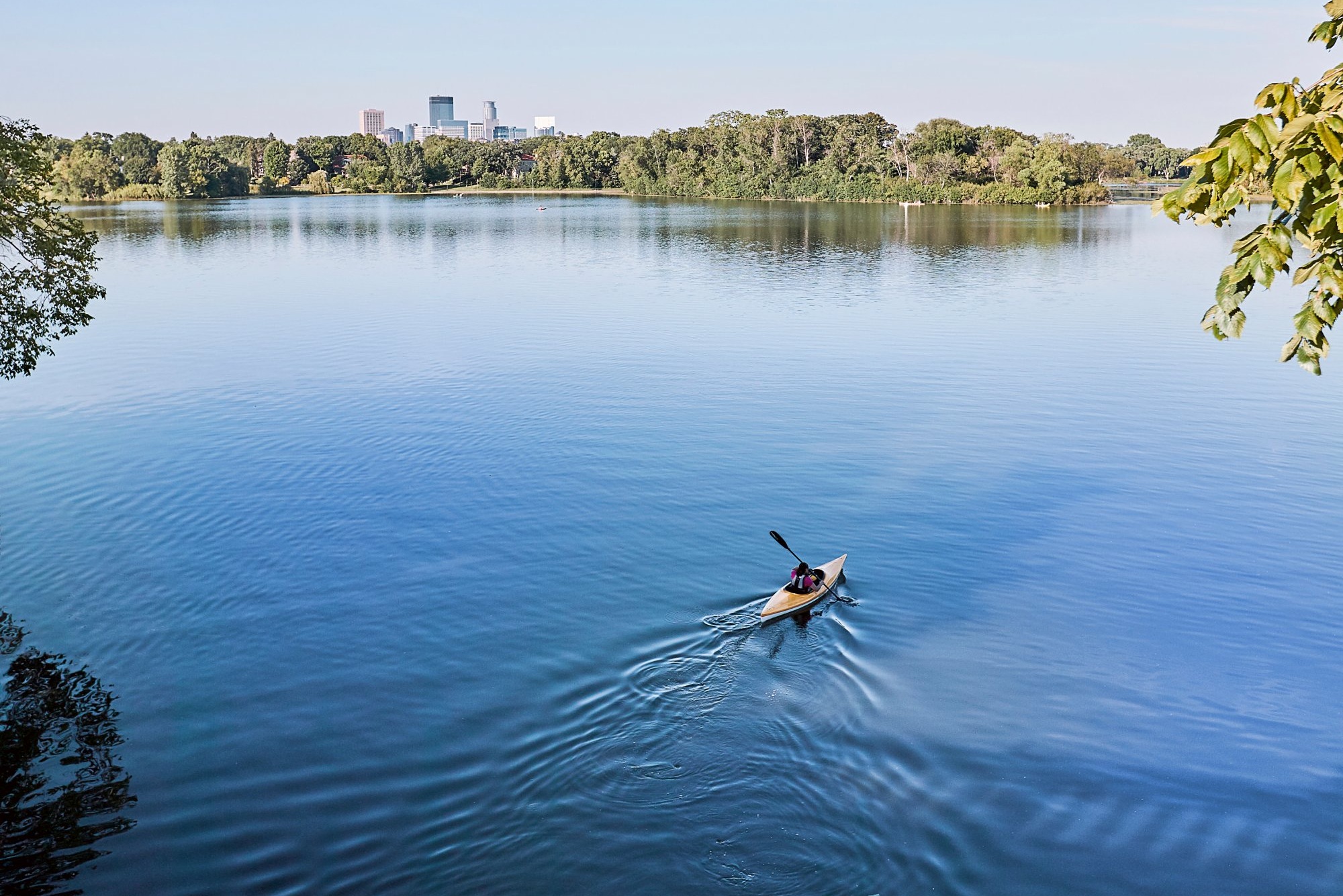
Chain of Lakes
Minneapolis actually boasts some of the best kayaking and canoeing in the country. There are nearly 1,400 lakes in the greater metro area to choose from, alongside three major rivers - the Mississippi, Minnesota and St. Croix - making Minneapolis the ultimate all-ability paddling destination.
One of the most popular canoeing destinations in the Twin Cities is the Minneapolis Chain of Lakes Regional Park. A 13-mile stretch of interconnected lakes, including Bde Maka Ska (formerly known as Lake Calhoun) which is the largest and deepest at 419 acres and 82 feet, Lake of the Isles, Cedar Lake and Brownie Lake. It takes about four hours to do the full circuit, as you paddle under city bridges, alongside protected wildlife refuges and near amazing cityscape views. Beaches can also be found at Cedar Lake and Bde Maka Ska.
Paddling here is especially suitable for families and beginners, especially if they are planning to move on to more challenging waters. In this respect, an honourable mention for paddling in the Twin Cities also goes to Lebanon Hills Regional Park, one of the few places in the Twin Cities area with a developed portaging route that allows you to connect seven different lakes, and is ideal for those who want to practice their portaging skills.
Highlight: The wonderful city views.
Tip: You’ll find free parking around all the lakes, with canoe launches at Brownie Lake, Cedar Lake’s northwest corner, Bde Maka Ska and Lake of the Isles. Kayak, canoe and SUP rentals are available from Wheel Fun Rentals at Bde Maka Ska and Lake Harriet.
Where to Stay: This is the Twin Cities. Your choices are endless.
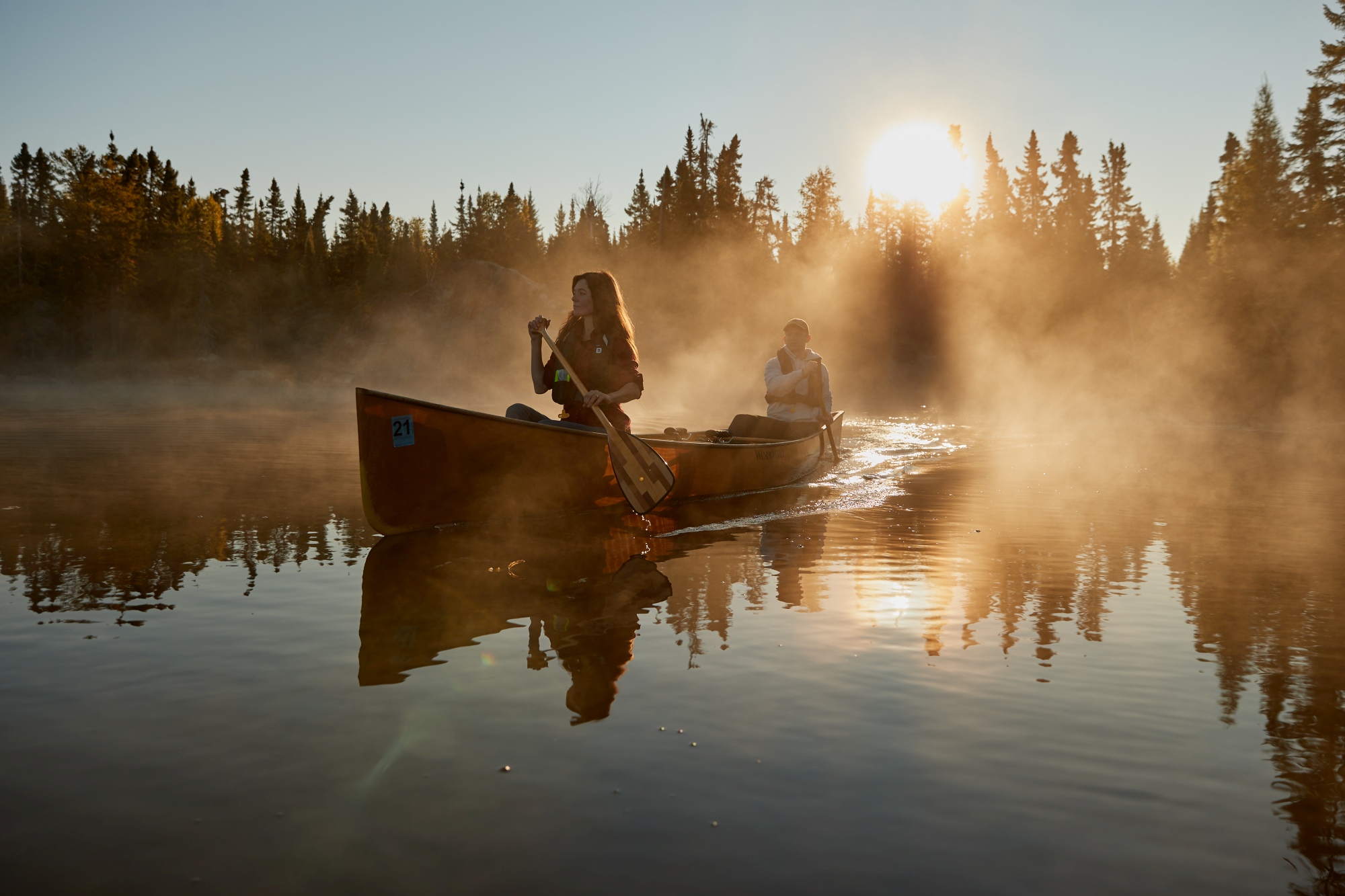
Boundary Waters Canoe Area Wilderness
Accessible primarily by canoe, the Boundary Waters Canoe Area Wilderness really lives up to it name. With around 1,500 miles of canoe routes, thousands of designated campsites, and more than 1,000 lakes and streams, the BWCAW is one of Minnesota and, indeed, America’s most beautiful and remote spots, and a natural magnet for visitors each year. Its vast wilderness extends 150 miles along the US/Canada border, covering approximately 1,098,000 acres.
While it can be tempting to just paddle like crazy and try to cram as much in, the best way to do the Boundary Waters for first-timers is to pick a central spot to set up camp and take day trips from there. That way, you’ll spend more time exploring and less time packing and unpacking, portaging your canoe, and putting up and taking down your tent.
Highlights: One popular trip is to explore Sea Gull Lake, one of the largest lakes in the Boundary Waters, where on sunny days, the water takes on an almost turquoise hue that will make you feel like you’re in the Caribbean.
Tips: 1. Take the hassle out of planning with the help of a local company like Boundary Waters Outfitters, based just 7 miles outside Ely, right on the edge of the Boundary Waters. 2. You’ll need an entry permit from recreation.gov linked to the specific entry point you plan on using.
Where to stay: With around 2,000 campsites, it would be rude not to! Bookend your camping adventure with a hotel or resort stay in one of the picturesque towns dotting the area. The charming harbour town of Grand Marais is a great option.
St. Croix River Valley
Four state parks within about an hour of the Twin Cities provide the perfect entry point to enjoy the pleasures of this ‘National Wild and Scenic River’.
The St. Croix River is one of the cleanest and healthiest river systems in the United States and is a National Scenic Riverway under the protection of the National Park Service. It flows through some of the most scenic and undeveloped country in the Midwest, which makes it a favourite recreational river for young and old alike. Foliage-covered rocky cliffs make it a spectacular route in both summer and autumn.
Highlight: Be sure to watch for wildlife as you float along. Thousands of birds migrate up and down the river using the backwaters for shelter and feeding. You might also spot beaver, otters, white-tailed deer, and even bald eagles along your canoe/kayak trek. Plus, it’s said that 75% of the time people will see at least one Bald Eagle.
Tip: Since it’s easier to paddle in one direction on a river, a great option is to rent your canoe or kayak. With Taylors Falls Canoe & Kayak Rental, for example, you can enjoy flowing downstream to Osceola Landing (7 miles) or William O’Brien State Park (17 miles), then hop aboard their shuttle back to your car.
Where to Stay: You can find lodging options in Taylor Falls or simply treat it as a day trip if staying in the Twin Cities.
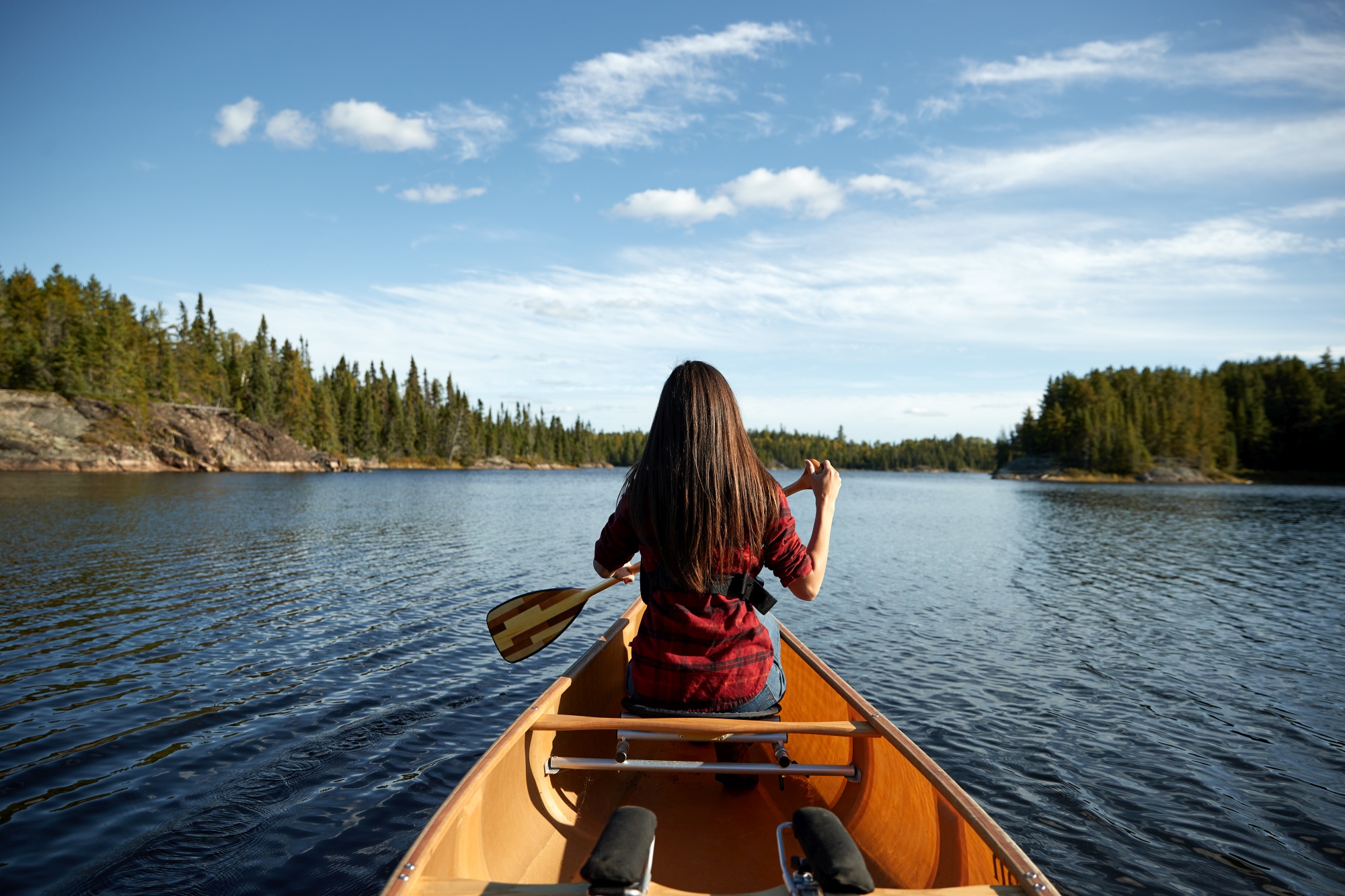
Plan the trip
For your guide to everything Minnesota, head to the Explore Minnesota website.
FAQs
Can I fly to Minnesota from the UK?
Yes, many airlines including British Airways, KLM and Air Canada fly to Minneapolis (MSP) from the UK, but only via connecting flights. Only Delta Air Lines offers direct flights to Minneapolis from the UK with one daily flight from London Heathrow (LHR) to Minneapolis-St. Paul International Airport (MSP), with a flight time of around 9hours 10mins.
Do I need a visa or ESTA?
You don’t need a visa as the UK is part of the Visa Waiver Program. However, if your stay in the US is for 90 days or less for tourism or business, you'll need an ESTA (Electronic System for travel Authorization) for entry. This is a digital document, allowing for pre-travel authorization. You must apply for an ESTA online, and it should be obtained at least 72 hours before your trip, and you'll also need an electronic passport (e-passport).
Do I need travel insurance?
Travel insurance isn't compulsory to visit the US. But it's a really good idea to have it. The US is one of the most expensive countries for healthcare. Even minor medical emergencies can cost thousands of pounds, and serious issues tens of thousands.
Is my UK driving licence valid?
Yes, a valid UK driver's licence is generally valid for driving in the US for tourists for up to three months, though specific state regulations can vary, so always check your destination state's rules. For longer stays in Minnesota you will need to apply for a Minnesota driver's license.

